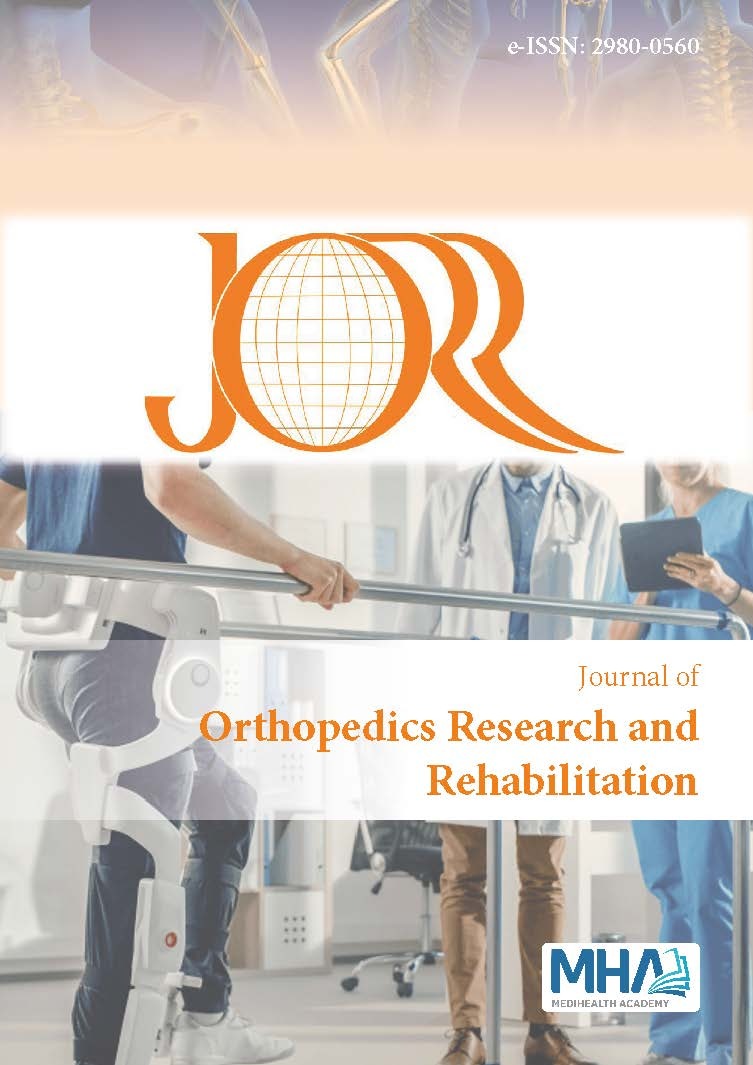1. Hoy D, March L, Brooks P, et al. Measuring the global burden of lowback pain. Best Pract Res Clin Rheumatol. 2010;24(2):155-165.
2. Dagenais S, Caro J, Haldeman S. A systematic review of low back paincost of illness studies in the United States and internationally. Spine J.2008;8(1):8-20.
3. Murray CJL, Lopez AD. Measuring the global burden of disease. N EnglJ Med. 2013;369(5):448-457.
4. Kibler WB, Press J, Sciascia A. The role of core stability in athleticfunction. Sports Med. 2006;36(3):189-198.
5. Hodges PW, Cresswell AG, Daggfeldt K, Thorstensson A. In vivomeasurement of the effect of intra-abdominal pressure on the humanspine. J Biomech. 2001;34(3):347-353.
6. Bergmark A. Stability of the lumbar spine: a study in mechanicalengineering. Acta Orthop Scand Suppl. 1989;60(230):1-54.
7. Kolar P, Sulc J, Kyncl M, et al. Postural function of the diaphragm inpersons with and without chronic low back pain. J Orthop Sports PhysTher. 2012;42(4):352-362
8. Hodges PW, Butler JE, McKenzie DK, and Gandevia SC. Contractionof the human diaphragm during rapid postural adjustments. The JPhysiology. 1997;505(2):539-548.
9. Brumagne S, Janssens L, Knapen S, Claeys K, Suuden-Johanson E.Persons with recurrent low back pain exhibit a rigid postural controlstrategy. Eur Spine J. 1998;17(9):1177-1184.
10. Janssens L, McConnell AK, Pijnenburg M, et al. Inspiratory muscletraining affects proprioceptive use and low back pain. Med Sci SportsExerc. 2015;47(1):12-19.
11. Charususin N, Gosselink R, Decramer M. Inspiratory muscle trainingprotocol for patients with chronic obstructive pulmonary disease(IMTCO study): a multicentre randomised controlled trial. BMJ Open.2013;3(8):e003101.
12. Black LF, and Hyatt RE. Maximal respiratory pressures: normal valuesand relationship to age and sex 1. Am Rev Res Dis. 1969;99(5):696-702.
13. Narin S, Bozan Ö, Cankurtaran, Bakırhan, S. The effect ofphysiotherapy program on functional capacity and quality of life inpatients with chronic low back pain. Dokuz Eylül University Faculty ofMed J. 2008;22(3):137-243.
14. ATS statement: guidelines for the six minute walk test. Am Respir CritCare Med. 2002;166:111-117.
15. Fotheringham I, Meakin G, Punekar YS, et al. Comparison oflaboratory-and filed based exercise tests for COPD: a systematic review.Int J of Chron Obstruct Pulmon Dis 2015;10:625-643.
16. Gencay-Can A, Can SS. Valida on of the Turkish version of thefatigue severity scale in patents with fi bromyalgia. Rheumatol Int.2012;32(1):27-31.
17. Altinel L, Köse KÇ, Ergan V, et al. The prevalence of low back painand risk factors among adult population in Afyon region, Turkey. ActaOrthop Traumatol Turc. 2008;42(5):328-333.
18. Meucci RD, Fassa AG, and Faria NMX. Prevalence of chronic low backpain: systematic review. Revista Saude Publica. 2015;49:73.
19. Shmagel A, Foley R, and İbrahim H. Epidemiology of chronic lowback pain in US adults: data from the 2009-2010 national health andnutrition examination survey. Arthritis Care and Research. 2016;68(11):1688-1694.
20. Leboeuf-Yde C. Body weight and low back pain: a systematic literaturereview of 56 journal articles reporting on 65 epidemiologic studies.Spine. 2000;25(2):226.
21. Brumagne S, Cordo P, Verschueren S. Proprioceptive weightingchanges in persons with low back pain and elderly persons duringupright standing. Neurosci Lett. 2004;366(1):63-66.
22. Janssens L, McConnell AK, Pijnenburg M, et al. Inspiratory muscletraining affects proprioceptive use and low back pain. Med Sci SportsExerc. 2015;47(1):12-9.
23. Janssens L, Brumagne S, Polspoel K, Troosters T, McConnell A. Theeffect of inspiratory muscles fatigue on postural control in people withand without recurrent low back pain. Spine. 2010;35(10):1088-1094.
24. Dülger E, Bilgin S, Sağlam M. Respiratory functions and respiratorymuscle strength in individuals with low back pain: pilot study,16.Congress of Developments in Physiotherapy, Hacettepe University.2016.

